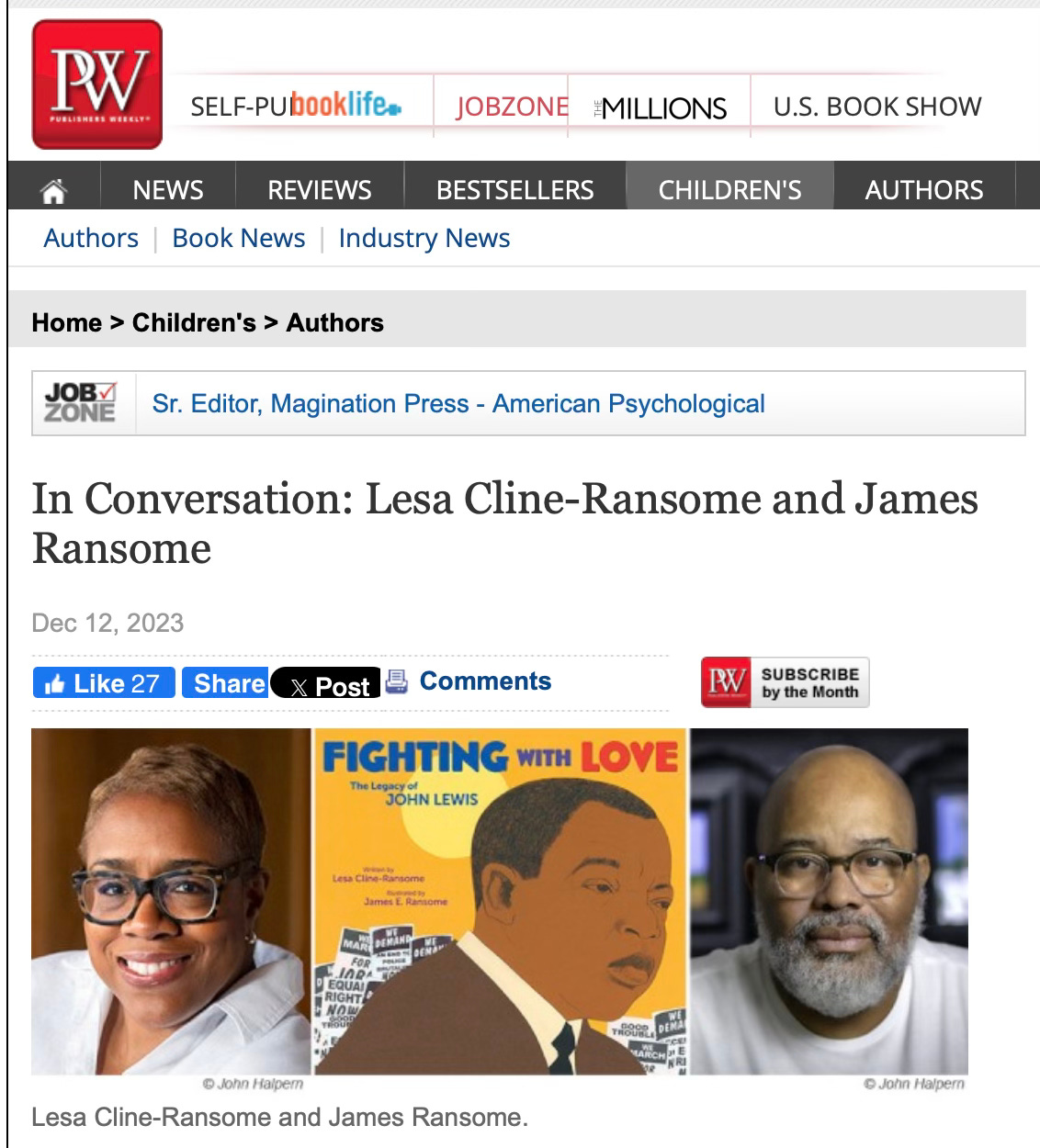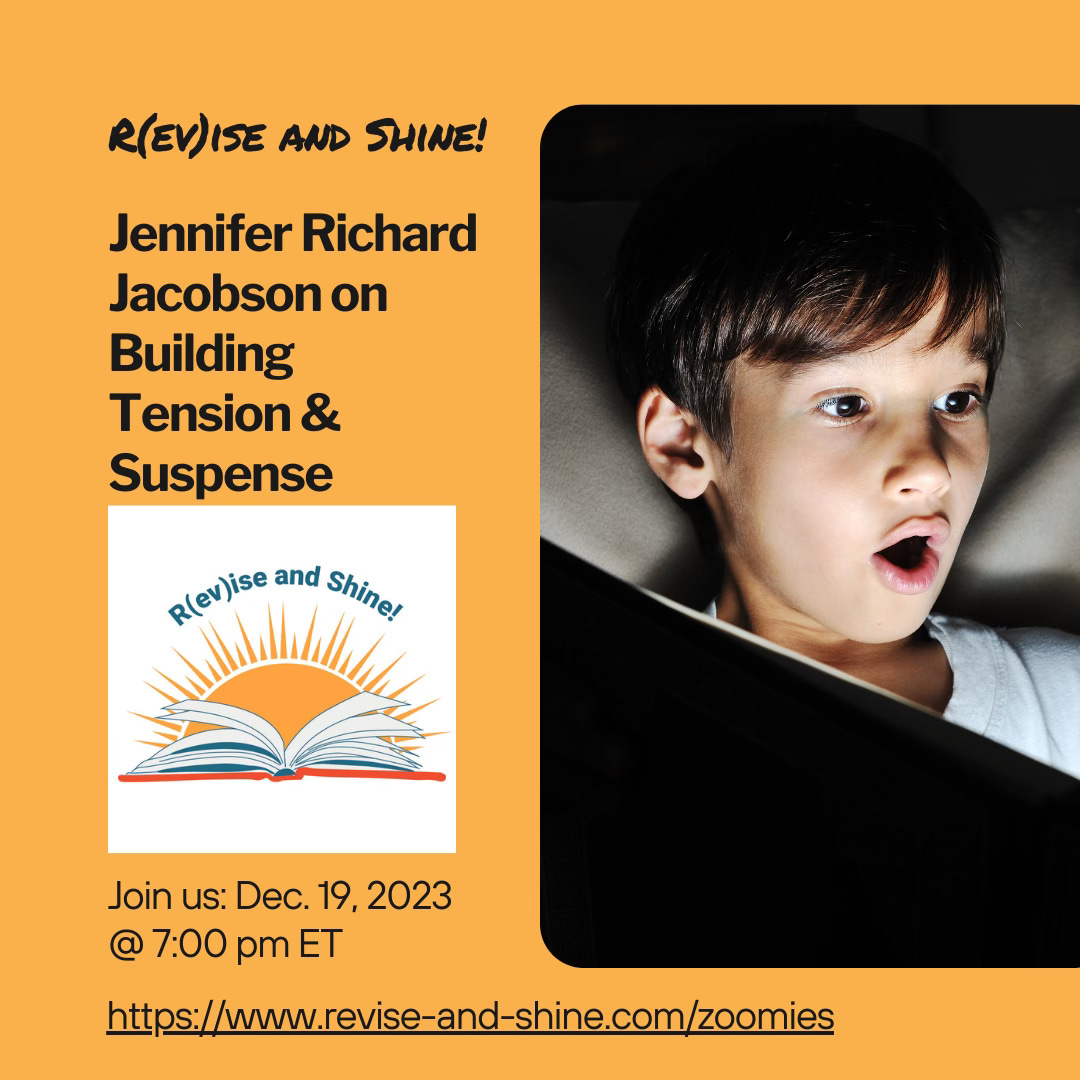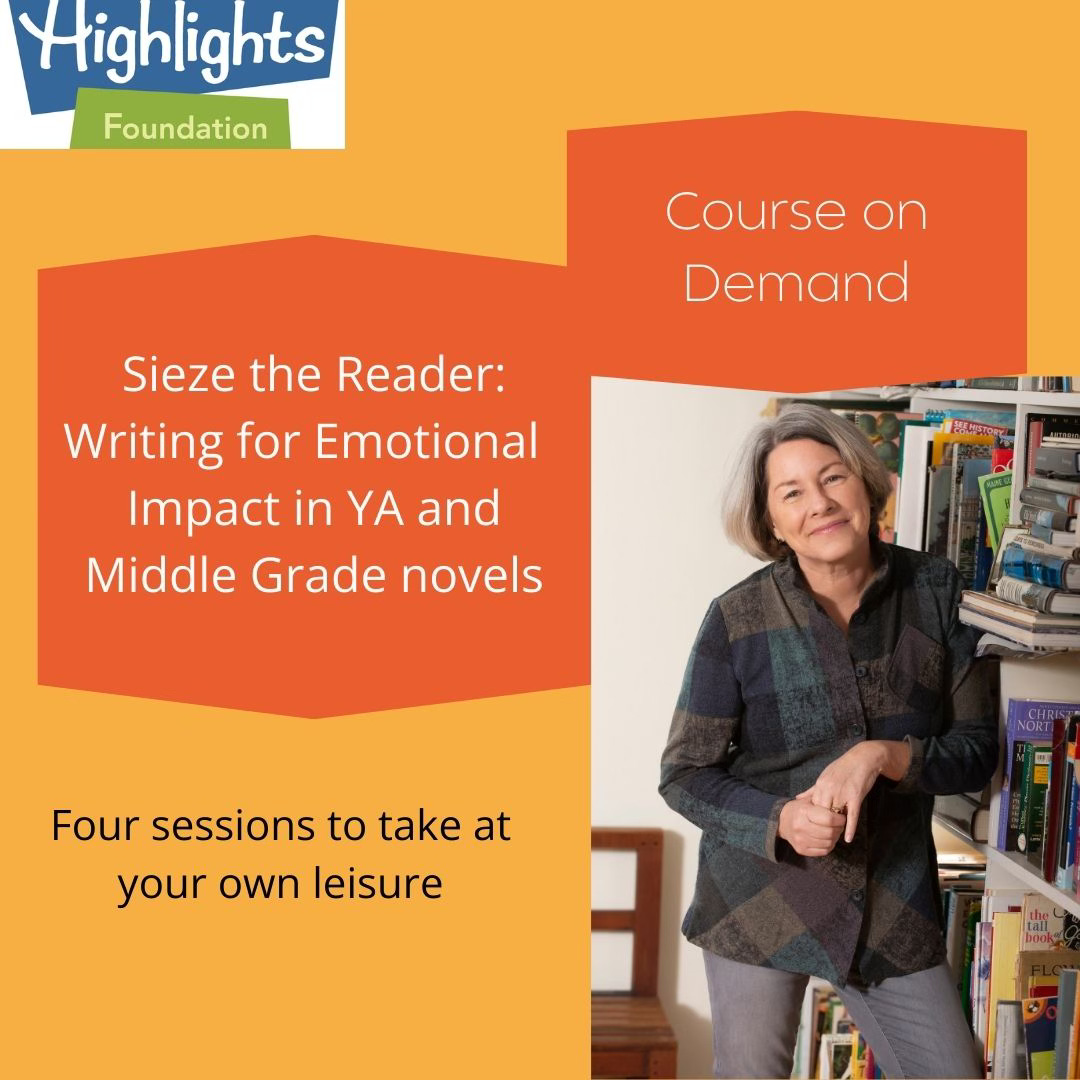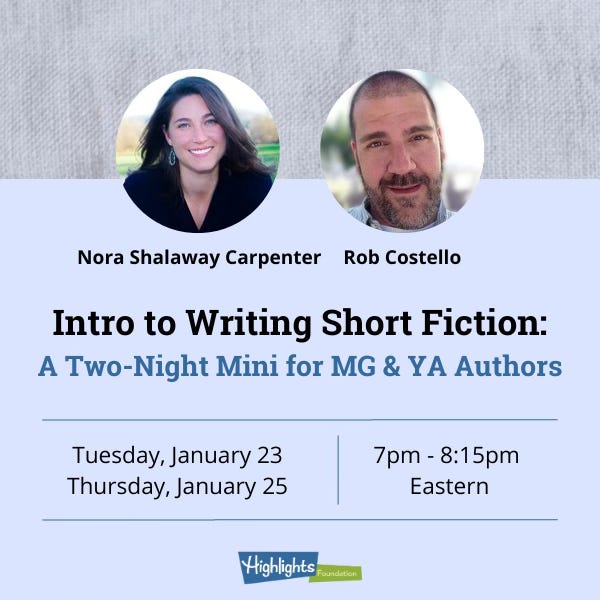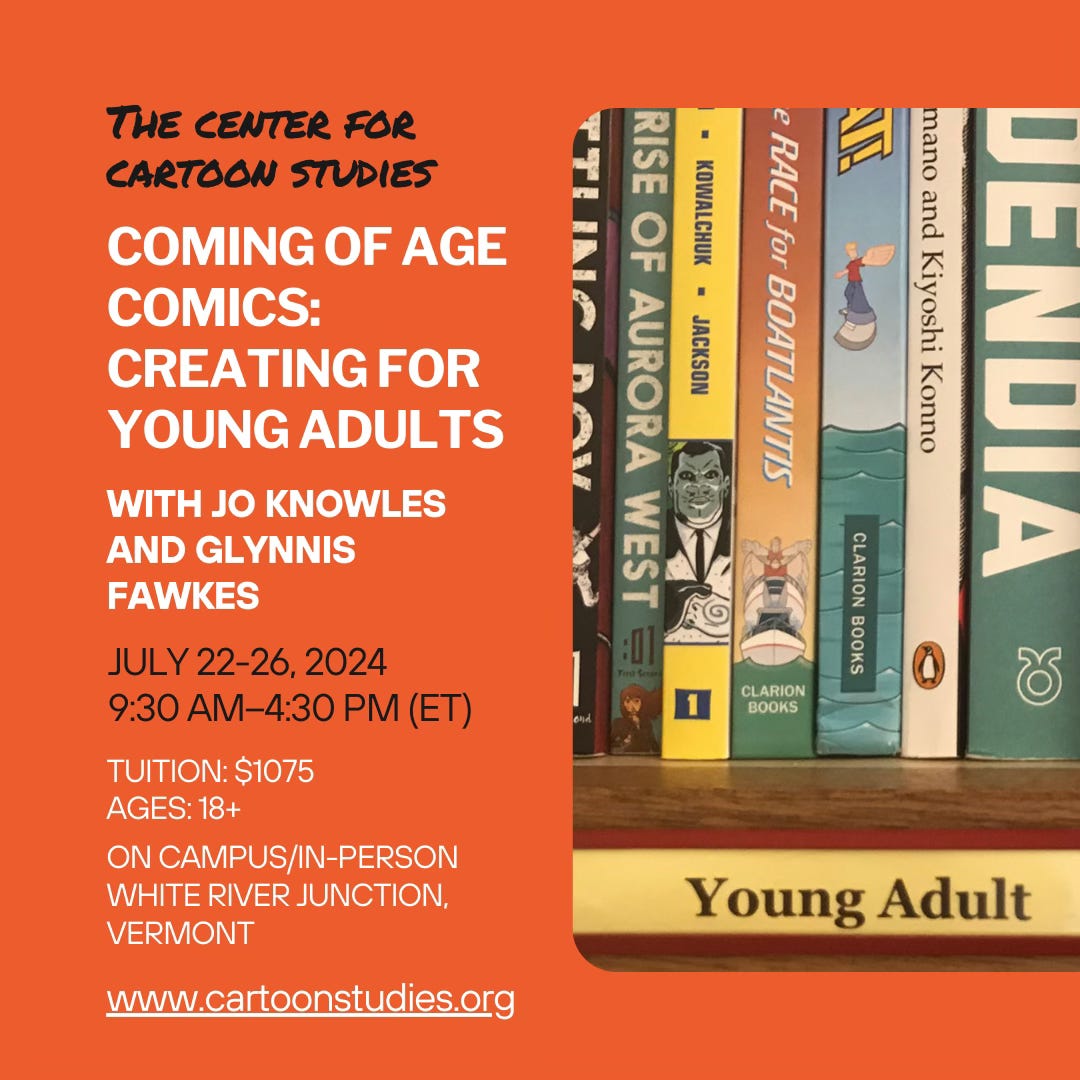Rob Costello and I are writing a book together. It’s not my first collaboration, but it’s my first collaboration on a novel. I’m excited. I think the project will be fun, challenge me, and help me to grow in new directions. I’m also a tad nervous. Rob is an amazing writer. Will my prose stand up to his? How will I fare in this new genre? Will we be able to be completely honest with each other as we move forward?
We’ve brainstormed, settled on the broad strokes of a story, and begun writing, but before we get too far down the road, I thought I’d talk to others who have, or are currently collaborating. Is there anything we should know up front? Anything we need to talk about?
Kirby Larson (Newbery Honor author of Hattie Big Sky) and her daughter Quinn Wyatt collaborated on the middle grade novel Gut Reaction coming this March. I reached out to the authors and received this delightful exchange:
Gut Reaction (Scholastic), which comes out March 5, 2024. Learn more about the book at gutreactionbook.com.
What was your process for collaborating?
Quinn: It all started about 12 years ago when I told my mom I thought it would be great if she wrote a book about a girl with Crohn’s. She politely put me off for the next ten years…
Kirby: In my defense, that’s because I didn’t want to revisit that difficult time in our lives when Quinn’s Crohn’s symptoms surfaced and turned our world upside down. But Quinn is nothing if not kind, patient and persistent.
Quinn: I just kept asking until she finally caved—
Kirby: The turning moment was when Quinn said she wanted a book that would’ve helped her as a kid. How could I resist that request?
Quinn: Mom had one condition—that we write it together. We went away on a weekend retreat and started fleshing out the characters and a general plot line. Then we began the slow work of plugging away at the writing and rewriting. There were several iterations of Tess's story, including a YA version.
Kirby: We worked on that version for a couple of years until it became clear that neither of us was comfortable writing contemporary YA fiction. So we geared back to the time in Quinn’s life when the Crohn’s really began to rear its ugly head: middle school.
Quinn: When we discovered the baking angle, things just really clicked. For the actual writing, I created all the Tess scenes (among other things) and Mom combined those with our plot lines to create a first draft.
Kirby: We passed the manuscript back and forth between us (which isn’t hard because we live next door to each other!), making notes and changes, until we felt it was ready to send to my agent; she and her director of operations gave us solid feedback which guided yet another revision and the final version. And speaking of collaborating—a librarian friend, Linda Johns, is the person who suggested the title after she read the manuscript!
What were the advantages of writing a book together?
Quinn: This was my first adventure into writing, so I don't have any other projects to compare with. However, I can't see how this book would have happened without both of us giving input. When one of us would get stuck, the other would help push through. We had each other to bounce ideas off; this book is truly a joint effort.
Kirby: The book couldn’t exist without Quinn. As her mother, I certainly witnessed her pain and anguish, but it wasn’t mine. She brought the lived experience to the page and I brought the writing experience. And even with all my experience, there are two key elements of the story that are pure Quinn contributions—she solved creative problems I just couldn’t see solutions for.
Quinn: We loved working together so much we have another joint project in mind!
What advice to you have for other authors who might want to collaborate?
Kirby: I have had prior experience collaborating—two picture books (and one in the pipeline) with my dear friend Mary Nethery (Nubs: The True Story of a Mutt, a Marine & a Miracle). Mary and I made a ground rule that nothing would go in a book unless we both agreed to it. With Gut Reaction, Quinn and I didn’t explicitly set such a guideline but it was definitely understood. I think it is important to talk about the process and divisions of responsibility and find what works for the collaborators. In our case, I deferred to Quinn on things medical, disease related and anything to do with modern middle school slang and habits.
Quinn: I believe it was really important that we were both open to suggestions and changes. This was our story together, not just “our” parts of it. It also helped to set up a division of labor to manage writing the different sections. As is true in most relationships, communication was key...
While at The Whole Novel Workshop at the Highlights Foundation, I discovered that many fellow faculty members and participants were working on collaborations. What surprised me most, when sitting down to talk with them, were the varied approaches to the process.
Alison Green Myers (A Bird Will Soar) and Meera Trehan (The View from the Very Best House in Town) were promoting their debut novels together when they happened upon an idea for a chapter book series and decided to collaborate. First, they outlined. Then, Meera wrote the first draft of book one and Alison, with full freedom to make changes, revised it. Now Alison is writing a draft for book two, and Meera will revise it. “We trust each other to do the creation parts,” Alison said. The decision to alternate writing and revising came about, in large part, due to each writer’s availability. They work the writing schedule for the series around their individual commitments. They’ll polish the first two books together and begin submitting them.
Janae Marks (From the Desk of Zoe Washington) was sharing an idea with Lorien Lawrence (Fright Watch: The Stitchers) when they decided that this story should be told from three points of view. Janae convinced Lorien to take one part, and then Adrianna Cuevas (The Ghosts of Rancho Espanto) was brought on board to write the third. The three writers mapped the story and character arcs using a 7 plot-point structure on Zoom. Then they wrote a chapter-by-chapter outline. “It was so efficient!” Janae said. “I loved having so many brains!” Janae, Lorien, and Adrianna are writing “their” POV chapters independently. They’ll later compile them and revise accordingly.
Eric Bell (Alan Cole Is Not a Coward) was Chad Lucas’s (You Owe Me One, Universe) Pitch Wars mentor and the two have continued to collaborate. They have a linked-story anthology proposal out on submission, and a humorous middle grade they’re working on now. Eric has always loved shared writing space… the guest book in a cottage, or graffiti on a wall. He believes work is richer when it includes different perspectives. “You invite someone in and it’s no longer your story, it becomes their story, too.” Eric and Chad are still in the discovery stage of their project, writing and responding to exploratory chapters.
Holly Howley is writing a nature-based chapter book series with friend and critique partner, Nancy Tandon (The Way I Say It). For the first two books, they fully shared character development and divided the work chapter by chapter. For subsequent books, they, too, are each writing from the point of view of one character and will take on the whole story separately, with collaboration on plot points when needed. They’ve found they do their best work when they share the same space. While on retreat, they come together to envision the story and then go off and write their chapters independently. Between writing retreats, they work in Google Doc. “If you got stuck in your own story, you might put it down. We don’t put it aside. We work more tenaciously. We’re more protective of our joint writing.” They’ve already rented a cottage to work on book two.
Why collaborate? Here are the many pros that these writers offered up:
It’s a blast to brainstorm with other creatives.
Multiple POV projects can bring diverse perspectives.
Often, writers’ individual projects stir up difficult emotions. Collaborative projects sometimes offer more space and room for joy.
Accountability! Writers don’t want to let their partners down.
Creative connection in a sometimes too solitary profession.
Writing partners are often pushed out of their comfort zones, allowing them to grow new writing muscles.
Writers with different skill sets balance one another.
Often collaborative projects are higher concept (helping writers to avoid the “too quiet” response from editors).
Writers may be introduced to new markets and audiences
Marketing is shared.
Additional Advice:
Let your agent(s) know early on that you’re collaborating. When multiple agents are involved, they need to decide if one will be the lead or if all will submit. Some agents aren’t interested in representing collaborations.
It’s helpful to have known your collaborator long enough to discern their approach to writing, revision, and communication. There’s a lot of trust involved.
Find the manner of collaboration that works for you.
It’s clear from talking to all of these authors that collaboration, in itself, is a creative process. It’s not only an opportunity to write a book together, but a chance to enlarge one’s understanding of the possibilities. Collaboration at its best can lead to innovative and groundbreaking work that might not have happened in a solo endeavor.
I’m definitely in. How about you? Is there a collaboration in your future?
In community,
Jen
In the News:
In Conversation: Lesa Cline-Ransome and James Ransome
Speaking of stellar collaborations, have you seen this fantastic interview between Lesa and her life and creative partner, James Ransome, that appeared earlier this week in Publishers Weekly?
Click the image below to read more:
Announcements:
Upcoming Zoomie!
There’s still time to save your spot for our next Zoomie, hosted by Jennifer:
To Tell, Or Not To Tell
Suspense delights readers. As do major plot twists and reversals. However, knowing when to withhold information and when to reveal, can be like walking a tightrope while carrying a squirmy octopus. Provide too much information (or too much teasing), and the story loses narrative drive. Provide too little information and readers can end up feeling frustrated or duped. In this Zoomie we’ll explore ways of achieving maximum tension without teasing or deceiving.
Click the image below to reserve your place on our Eventbrite page:
Online Course with Jennifer!
This online, on-demand, self-paced course, hosted by the Highlights Foundation, could be called “Everything Jennifer Jacobson Knows About Writing a Novel!” It’s divided into four hour-long prerecorded sessions. They are: DESIRE, DENSITY, DOPAMINE, and DERRING-DO. This course is designed to give you tools and knowledge to create an emotionally impactful novel. Cost: $129.
Click the image below to find out more:
Short Story Webinar with Rob!
Join Rob Costello and fellow author/anthologist Nora Shalaway Carpenter to learn everything you need to know to get started writing & publishing short stories for young readers. This program is a great fit if you’re looking for a short course of two, 75-minute sessions offering loads of information on the craft of short fiction, as well as invaluable tips on publishing your own stories! Hosted by the Highlights Foundation. Cost: $59.
Click the image below to find out more.
And for an added bonus, check out this blog post that Nora and Rob wrote listing 10 of their favorite YA & MG short stories that provide a satisfying and complete reading experience!
Comics Workshop with Jo!
This five-day workshop with instructors Jo Knowles and Glynnis Fawkes explores the fundamentals of creating relatable young characters and coming of age stories. Through a series of generative exercises and workshops, students will mine childhood/adolescent memories in writing and drawing comics for the fast-expanding YA and Middle Grade market.
The workshop will additionally address specific aspects of writing for young people, including strategies of telling stories with heart, mechanics of making exciting comics, and the process of publishing. Many past attendees have said this course creates a warm community that lasts long after the week is over.
Click the image below to find out more:
The Writers’ Book Club!
And finally, we’re thrilled to announce our next selection for The Writers’ Book Club: We Deserve Monuments, by Jas Hammonds. We’ll be sending out discussion questions soon!
Click the image below to reserve your place on our Eventbrite page:






